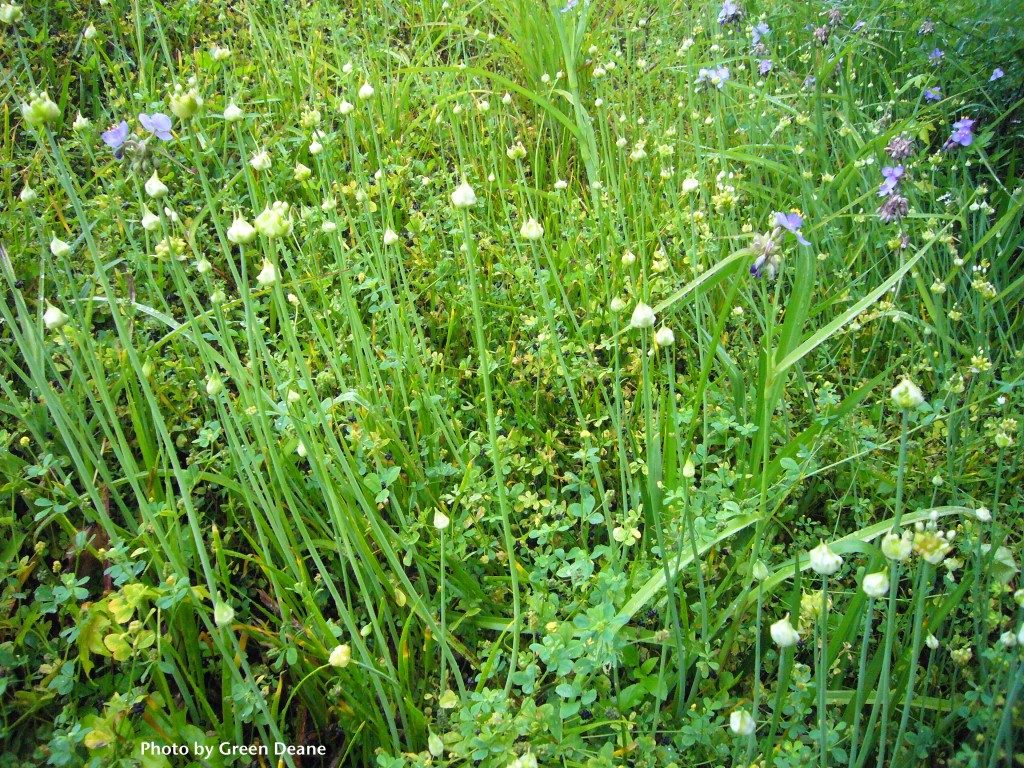
Dozens of Wild Garlic and Spiderworts growing together. Photo by Green Deane
Gainesville should change its name to Garlicville. No one living in the Gainesville, Florida, area right now should have a hard time finding Allium canadensis. This very pungent wild garlic/onion is –as they say — everywhere. It was difficult to find a damp spot or even some not-s0-damp spots that were not happily waving with wild garlic. From Ocala to Gainesville, some 40 miles, Wild Garlic was easy to ID even going 65mph on Route 301. My local patch 150 miles to the south, while up and healthy, has not yet begun to blossom or set cloves. This wild Allium is curious in that it developes cloves on the top of the plant and a bulb below ground. The entire plant is edible. For more information on this tasty seasonal flavor go here.
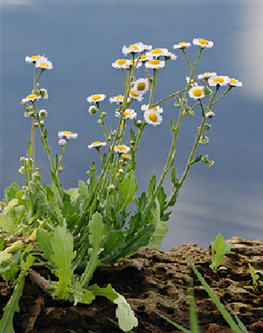
Oakleaf Fleabane. Photo by Orlando Wetlands.org
On the list of current ponderables is whether “Fleabane” is edible. By Fleabane I mean the species of the Erigeron genus. To my knowledge there is no ethnobotanical reference to some Erigeron leaves being consumed like a vegetable. They were, however, used extensively in herbal medicine with many applications often as a significant diuretic. Dr. Francis Porcher wrote in 1863 “It is diuretic, without being offensive to the stomach… In great repute as a remedy in calculus and in nephritic diseases. It was a favorite prescription in Philadelphia in dropsy, and Dr. Wista recommends it in hydrothorax complications with gout… Once ounce of the plant to be administered in infusion or decoction of one pint in twenty-four hours.”
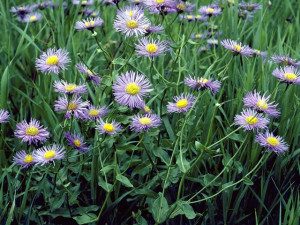
Erigeron philadelphicus has been used medicinally. Photo by WildFlowers.org.
My question would be mostly academic except I have had two people tell me they have eaten the Oak Feaf Fleabane, Erigeron quercifolius, mistaking it for a wild lettuce. And during one of my classes I saw a student eat it just to see what it tasted like (before I could stop her.) One of the aforementioned has eaten small amounts over a period of a few weeks. No complications reported yet. I am not recommend anyone try eating an Erigeron. Some plants can have chemical in them that don’t manifest a problem until either eaten in large quantities or in sufficient amount over time, such as pyrrolidizines. That a leaf does no apparent harm immediately does not make a plant safe to eat. No, I am just passing on the information for future reference in the debate of whether said plants are edible or should be left in the medicinal realm.
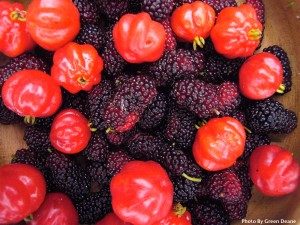
While mulberries are a welcomed flavor opinions vary on the taste of Surinam Cherries. Photo by Green Deane
This has been the week for picking mulberries and Surinam cherries. While the mulberries seem seasonably on time the Surinam cherries are early for here. And while my mulberry tree is into its second week of ripening not all mulberries are the same. Thirty miles to the north I’ve seen several trees with still green fruit. And while closely related the Paper Mulberries are several weeks away from having ripe fruit though one can find them prepping in the Ocala/Gainesville area. Surprisingly Paper Mulberries are from a temperate climate and usually don’t fruit here in Central Florida. As for Surinam cherries there are actually two species, red and black with the former being the most common having escaped from cultivation. Their fruiting time is very dependent on location with some in south Florida ripe enough to eat six weeks ago. Spring is here and the ripening season is moving north.
What Do You See #12
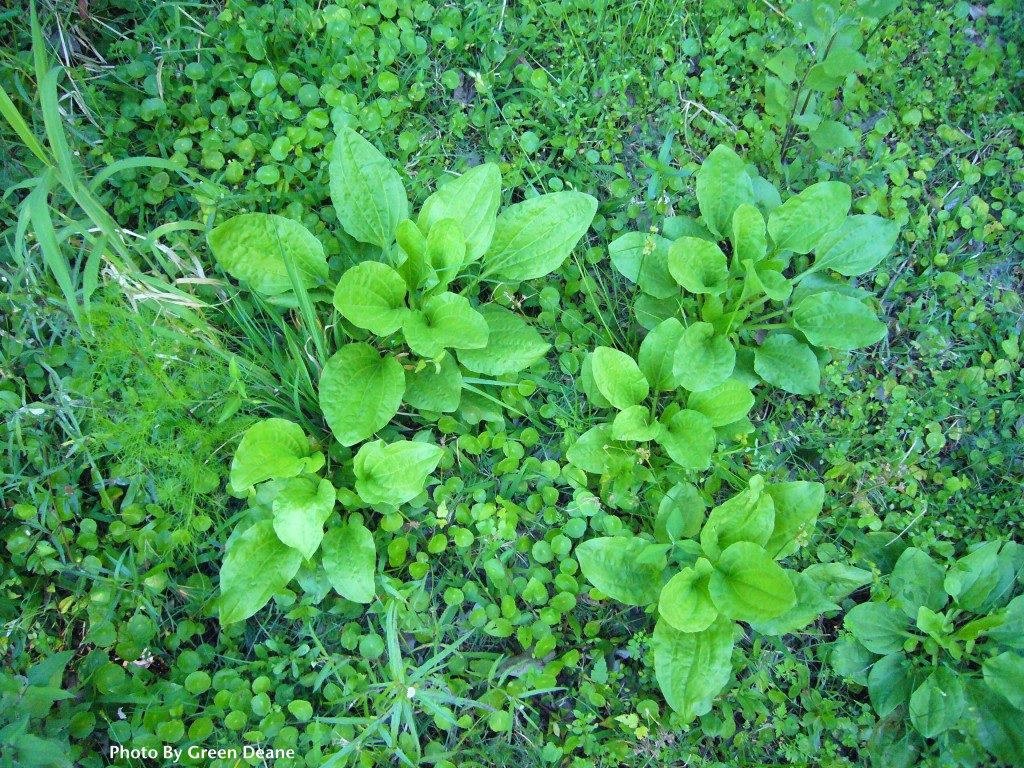
There are at least two edible species in this photo but they might not be what you think. Photo by Green Deane.
The photo above was taken in Soldier’s Creek Preserve, Seminole County, Florida. The plants are not seasonal. Care to take a guess as to what is edible and what is not? The answer will be published here next week or you can visit the Green Deane Forum and read it later on today. (I have to let it remain a mystery for a little while.)
What Do You See #11.
Last weeks photo is not a trick picture but it is exactly what you can see when you look down in the right place. A significant part of foraging is getting plants inside your head so you are alerted to them without having to think about it.
In this picture number 1 is an elderberry shrub, either a young one or the sprout off an old branch. There’s no fruit but where there is one elderberry there are usually others so it pays to look around. There is a link below.
Number 2 is our native grape, a muscadine which in this part of Florida is usually Vitis munsoniana. It is irregular in fruiting and the quality varies. A link is below.
Number three is both harder and easier to see. All the grass-like plants in the picture are in fact wild onions/garlic, the same as the top photo. Two or three are just about ready to blossom. This wild “Allium” is interesting in that it puts garlic flavored cloves on top but has an onion bulb below ground. The entire plant is edible and is very strongly flavored.
https://www.eattheweeds.com/elderberries-red-white-and-blue/
https://www.eattheweeds.com/vitis-wild-grapes-2/
https://www.eattheweeds.com/allium-canadense-the-stinking-rose-2/
On the Green Deane Forum we post messages and pictures about forager all year long. There’s also a UFO page, for Unidentified Flowering Objects so plants can be identified. Topics this morning included: This Grew Out of Birdseed, Osmothiza claytonii, Unknown Vine, Packera anonyma Toxic, Just a gall, and Mystery Field Plant. The link to join is on the right hand side of this page.
Upcoming foraging classes are always being updated on my “classes” page (see button above.) Some dates are yet to be scheduled. Sunday, April 27th, Mead Garden, 1500 S. Denning Dr., Winter Park, FL 32789, 9 a.m. Saturday, May 3rd, Dreher Park, 1200 Southern Blvd., West Palm Beach, FL., 33405. 9 a.m., Sunday, May 11th, Red Bug Slough Preserve, 5200 Beneva Road, Sarasota, FL, 34233. 9 a.m, Saturday, May 17th Mead Garden, 1500 S. Denning Dr., Winter Park, FL 32789, 9 a.m., Sunday, May 18th, John Chestnut Park, 2200 East Lake Road,Palm Harbor, FL 34685. 9 a.m. Saturday, May 24th, Bayshore Live Oak Park, 23000 Bayshore Rd., Port Charlotte, 33980, 9 a.m.
Though your foraging may drop off during the winter now it’s spring and a great time to study wild edibles with my nine DVD set. Each DVD has 15 videos for 135 in all. They make a great gift. Order today. Some of these videos are of better quality than my free ones on the Internet. They are the same videos but many people like to have their own copy. I burn and compile the sets myself so if you have any issues I handle them personally. There are no middle foragers. And I’m working on adding a tenth DVD. To learn more about the DVDs or to order them click here.
As there are five Tuesdays this April there will be no newsletter next week.
To donate to the Green Deane Newsletter click here.

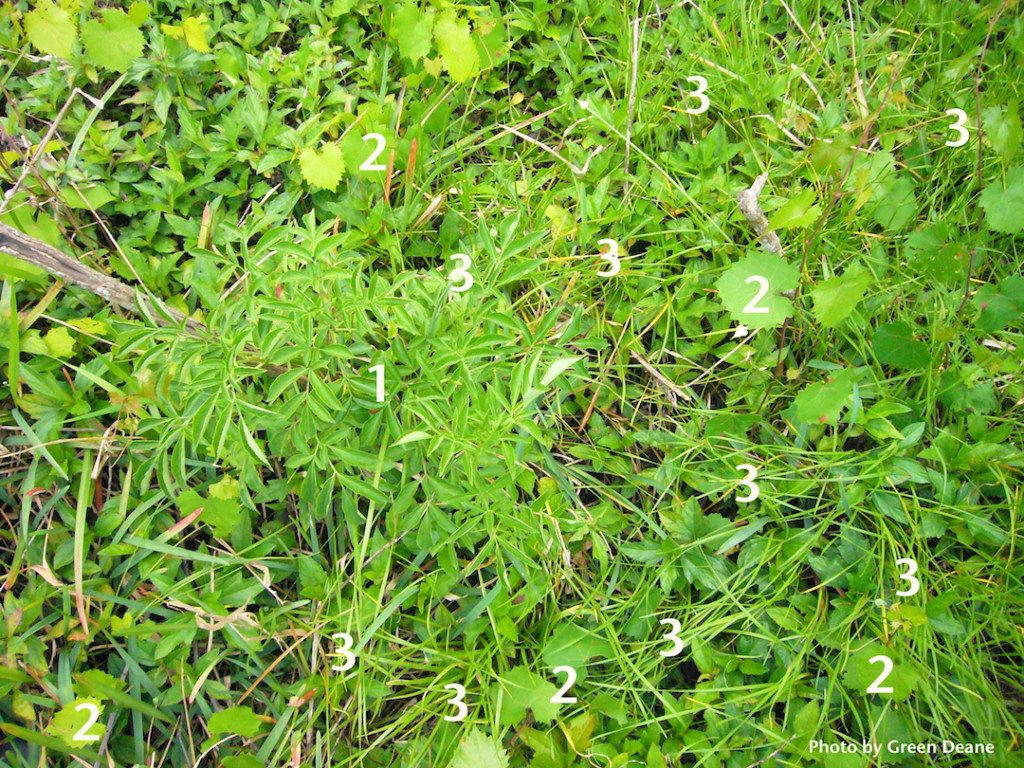
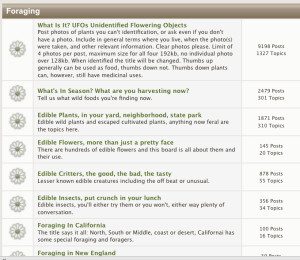
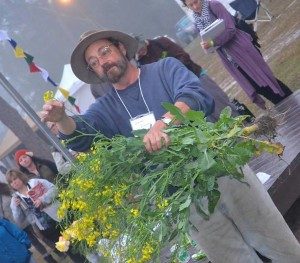
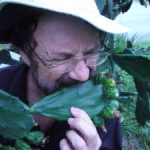

Hello, just want to know do you carry Salicornia if not where can I find them
Pls let me know thank you
I read that the nut, pod or seed from a twirly copters from a Maple tree are editable. My question is do they contain gluten? Sorry for the miss spelling. I hope you know what I mean. I enjoyed the flowers from our red bud tree I just read about, my husband who would normally jumped and ran from the table if he realized I’d but some (off the wall delight in his meal) ate some with out realizing he had just eaten the flowers in his salad – we enjoyed it!
Thank you; April
No gluten that I know of.
Dear Dean,
I very much appreciate your encouragement to wild forage. I learn a lot from watching my honeybee friends, and sure enough, a lack of diverse forage plants in BigAg mono crops is decimating our pollinator friends. By wild foraging we can avoid many of the pesticides, fungicides, and herbicides sprayed on so called food produced by BigAg. I eat a few wild leaves here, a few wild leaves there, and it makes a big difference in my health. Thank you for your important work! ~Rorie
On the effect of the amount we eat, I should like to tell about a personal experience related to the edible “Oriental Spicy Leaf” so mentioned among other evergreens. I’ve grown this in my garden from seeds I bought from U.K. Usually it is included with those leaves used as salad mixes. I take in my daily meal up to five of moderate size leaves. Whenever I increase the amount, I feel not at all well – fatigue and stomach ace. Still I can’t tell if there are others complaining as it might sometimes be due to one’s own diet taking habit. I’ve also gone through your article “Wild Onion and Wild Garlic”. I’ve been impressed by the “ man’s intervention on reversing Des Plains River flow from its original direction”. At present the neighbouring countries to Ethiopia are witnessing the construction of the “Renaissance Dam” on the Blue Nile River in that country. People are much concerned and worried about the consequences.